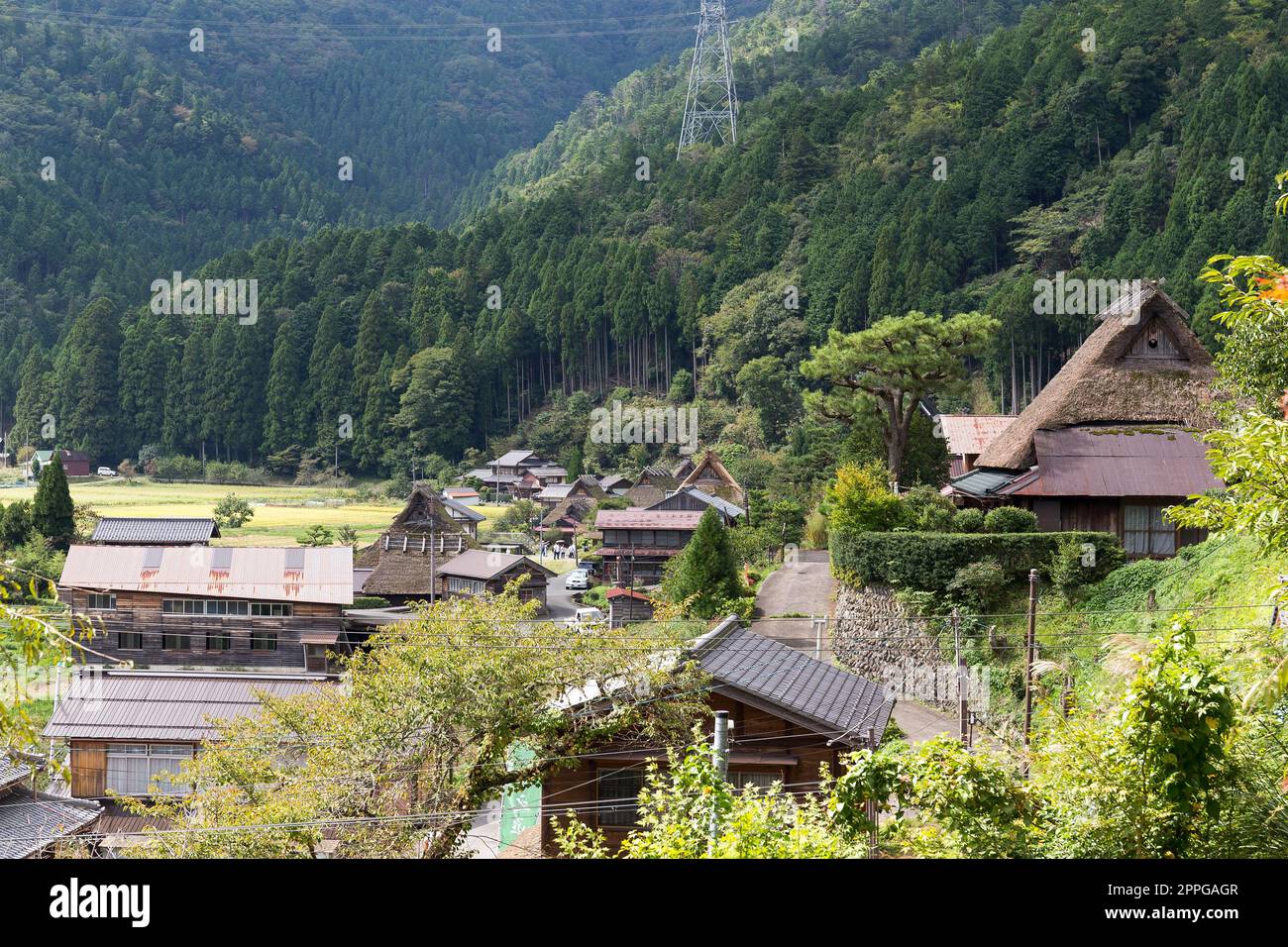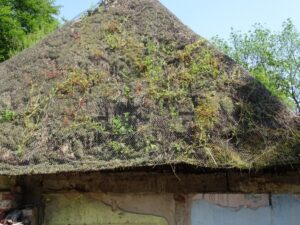

Grown locally in abundance, thatch is an eco-friendly roofing option. Because thatch is a sustainable material (although more expensive than a tiled roof), it’s becoming a more popular roofing option for new cottages and modern and contemporary styled homes. There's no denying that a thatched roof adds appeal to any home. There are pros and cons to having a thatched roof, and it helps to know what to expect if you are considering adding a thatched roof on your house. Especially on Tudor styles: front-facing gablesĮnjoy a tour of diverse cottages that all have one thing in common: charm.Because thatch is a sustainable material (although more expensive than a tiled roof), it’s becoming a more popular roofing option for new cottages and modern and contemporary styled homes.An emphasis on rustic and an almost Medieval look.Bargeboard: Aka vergeboard, is a carved, ornamental board attached to the projecting gables of a roof.

THATCHED ROOFS WINDOWS
Leaded windows: Multi-paned or lattice-style windows.Half-timbered: In an effort to use what was available, cottages were often built of stone or brick on the first floor and timber or a mix on the second.Wood shingles are steamed or composition roofing is rolled around eaves, resembling thatch False thatched roof: Since reed or straw aren't the most practical roofing materials, a fake thatched roof can be made with modern materials.Thatched roof: A dense covering of harvested reed, rush, or straw was applied to roofs for insulation and also added to the homes' rustic charm.You won't find an English cottage with all of the following characteristics, but most have at least a few of these features The cottage style was phased out around World War II, after which postwar home builders promoted a whole new modern world.

After 1920, the solid-stucco home-building technique was preferred leaving behind the half-stone/masonry and half-timber patterns. Voysey supported the use of stucco on wood framing for cladding in his Tudor designs. Designers emphasized the charms of a rugged and rustic lifestyle in the country.Īt the turn of the century, the architectural, furniture, and wallpaper designs of Charles Francis Annesley Voysey became extremely popular. Cotswold homes of the 1700s inspired Voysey's Tudor cottage designs of the early 20th century. One of the most popular, Downing's 1842-published Cottage Residences, introduced Picturesque architecture to homeowners and builders. Styles often blended, with many using Gothic and Tudor architectural elements, which suggested Medieval roots.īefore universities trained architects, carpenters and craftspersons built homes by following plans outlined in illustrated books published by architects like Alexander Parris, Benjamin Henry Latrobe, and Alexander Downing. The cottages were rustic, in rural areas or small villages, and made with local materials and resources (Vernacular architecture). Initially, the Picturesque style was used to describe buildings or landscapes inspired by scenes depicted in then-contemporary paintings, like those of French masters Claude Lorrain or Nicolas Poussin. Larigan - Patricia Hamilton / Getty ImagesĬottages grew out of the Picturesque architectural movement of England and Europe, starting in the late 1700s.


 0 kommentar(er)
0 kommentar(er)
